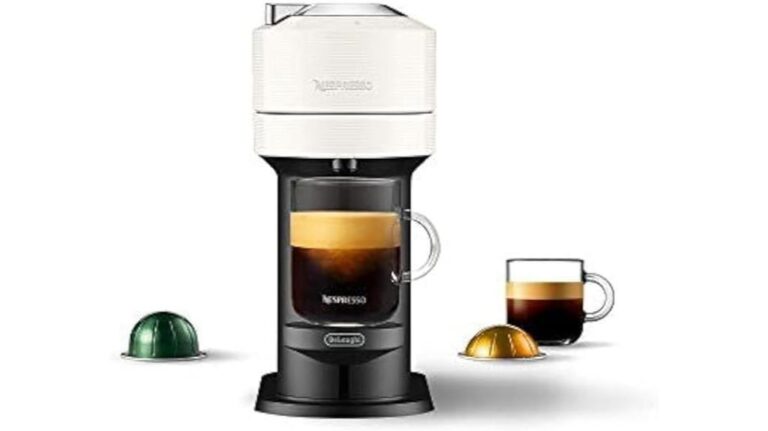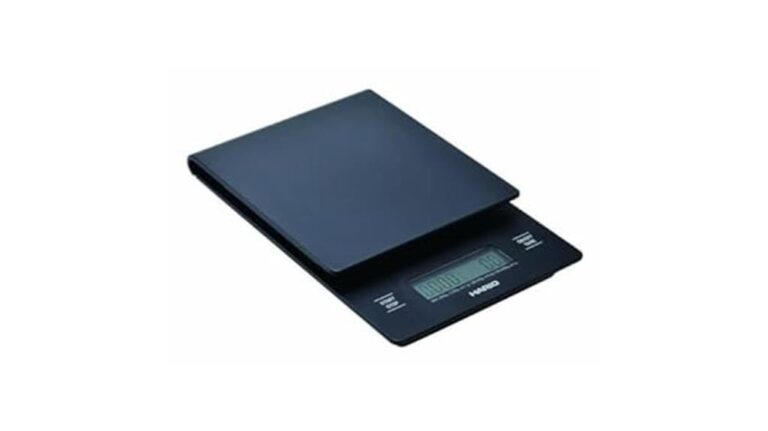Should You Buy A Manual Espresso Machine?
Espresso machines are available in many different types, but manual machines have seen a significant rise in popularity in recent years, leading many home espresso enthusiasts to wonder if they should buy one of these machines or if they should rather purchase a more conventional and easier-to-use automatic or semi-automatic machine.
Buying a manual espresso machine is an investment of time, money, and significant effort. Is buying one of these machines right for you? Let’s consider the options and help you make a more informed decision.
Understanding Manual Espresso Machines
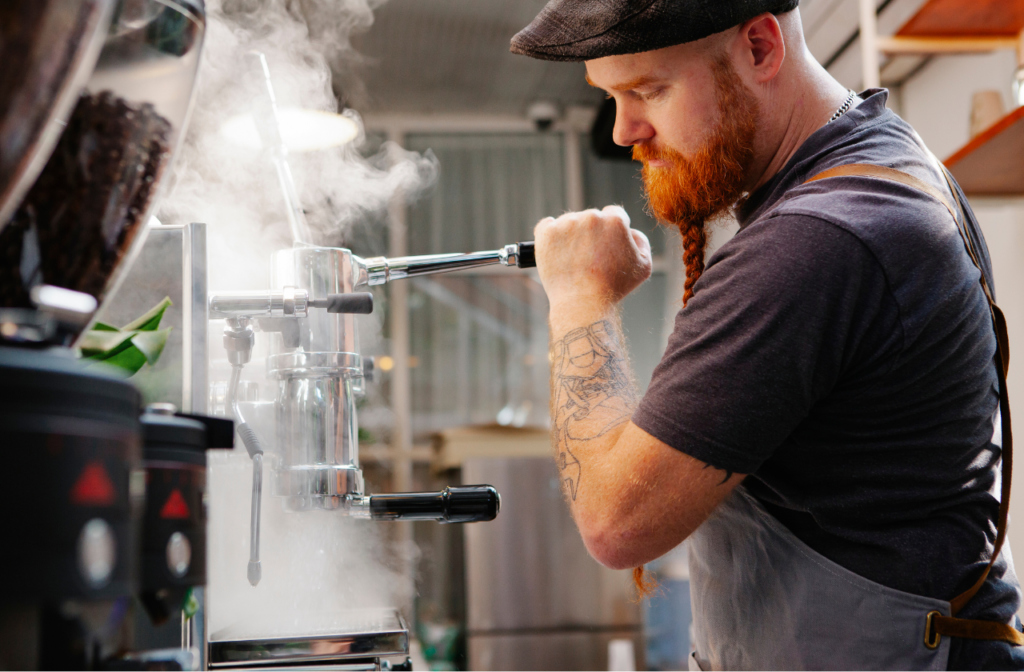
Manual espresso machines are revered for their classical approach to the espresso-making process and stand out for providing enthusiasts with a high degree of control over every facet of their espresso shot, from the temperature of the brew water to the pressure applied during extraction. This provides a tailored espresso experience that is hard to replicate with automatic or semi-automatic variants.
There are primarily two types of manual espresso machines: spring piston machines and direct lever machines.
Spring piston machines are distinguished by a lever that remains in the up position when not in use. Releasing the lever activates a spring that automatically pushes water through the coffee grounds during brewing.
Direct lever machines have a lever that stays in the down position when not in use and are not operated with a sprint, as they rely solely on manual force to generate the necessary pressure for espresso extraction.
Both types of manual machines typically have similar features, such as a steam pressure gauge and portafilter, and both provide manual control over the espresso brewing process.
However, while most manual espresso machines operate in a similar way and provide a similar level of control over the brew, there is a highly diverse range of manual espresso machines on the market. Some are very complex, while others are exceedingly simple.
Two such models are the Simpresso, and the Aram manual espresso machines. The Simpresso is designed as a portable espresso maker and is a very simple device. It can generate 20 bars of pressure despite its size and simplicity, which enables it to produce excellent coffee in a simple way.
The Aram, by contrast, is among the most expensive and complex manual espresso machines. The Aram manual espresso machine in is handmade in Brazil, and is admired for its beautiful design. This machine has an innovative pressure-creation mechanism that sets it apart in the market.
Machines like the Aram and devices like the Simpresso represent polar opposite ends of the manual espresso machine spectrum, but both are capable of producing excellent coffee in context, and both use manual mechanisms to do so.
Manual espresso machines provide an immersive brewing experience that rewards skill, patience, and a deep understanding of the espresso-making process. Whether through the tactile feedback of a direct lever or the precision of a spring piston mechanism, these machines provide a path to mastering the art of espresso, one cup at a time.
Weird Coffee Tip: Regardless of the coffee machine you use, a good grinder is critical for getting the most from it. Take a look at our review of the Fellow Ode Gen 2 to learn more about what makes a good coffee grinder.
Fellow Gen 2 Ode Grinder: Should You Be Using It?
The Benefits Of Manual Espresso Machines
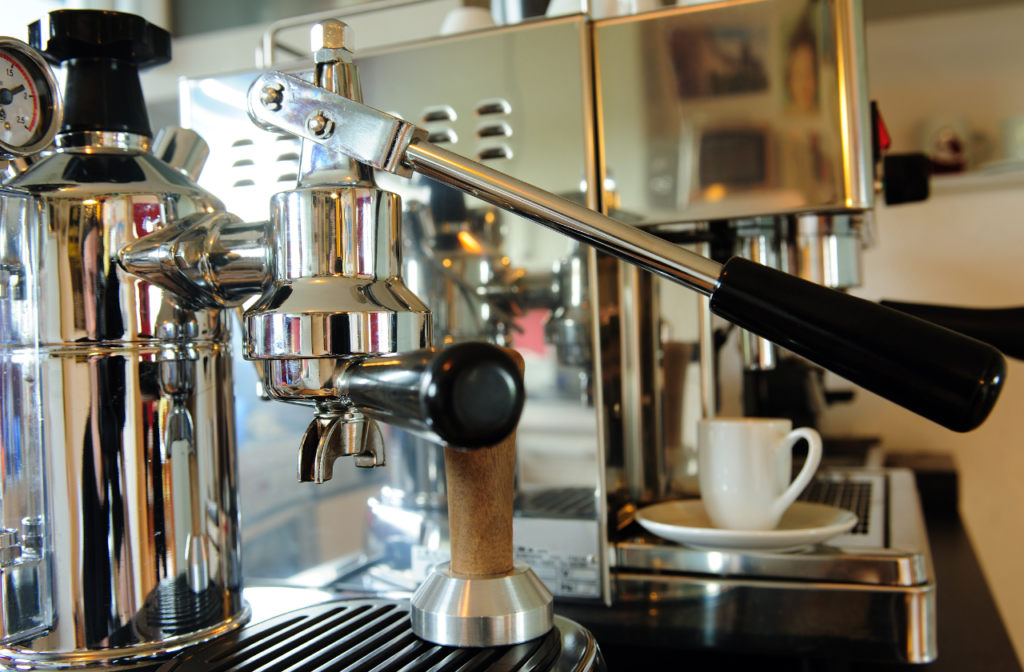
Manual espresso machines have a unique combination of benefits for coffee enthusiasts who appreciate the art and science of coffee making. They are known for providing superior flavor control and the ability to achieve unique and high-end results at home.
The manual control that these brewers provide allows users to craft a shot of espresso exactly how they want it to be. Pressure, flow rate, brew temperature, brew time, and how these elements of the brew process are sustained during brewing are what make these machines ideal for espresso enthusiasts who want to tailor their coffee to their exact preferences.
While manual machines require a bit more skill and practice to use effectively, they are typically more affordable and easier to maintain than their automatic counterparts. The simplicity of their design means there are fewer parts that can break or require servicing. However, it’s essential to consider that manual machines can be time-consuming to use, as each shot needs to be manually pulled, which adds to the overall experience for those who enjoy being involved in every step of the brewing process.
Choosing between a manual and an automatic espresso machine depends on personal preferences, including the desired level of involvement in the brewing process, budget, space, and the importance of customizing each shot to perfection.
Whether you’re drawn to the hands-on experience and potential savings of a manual machine or the convenience and consistency of an automatic model, there’s an espresso machine out there to suit your coffee brewing style and needs.
Considerations Before Buying A Manual Machine
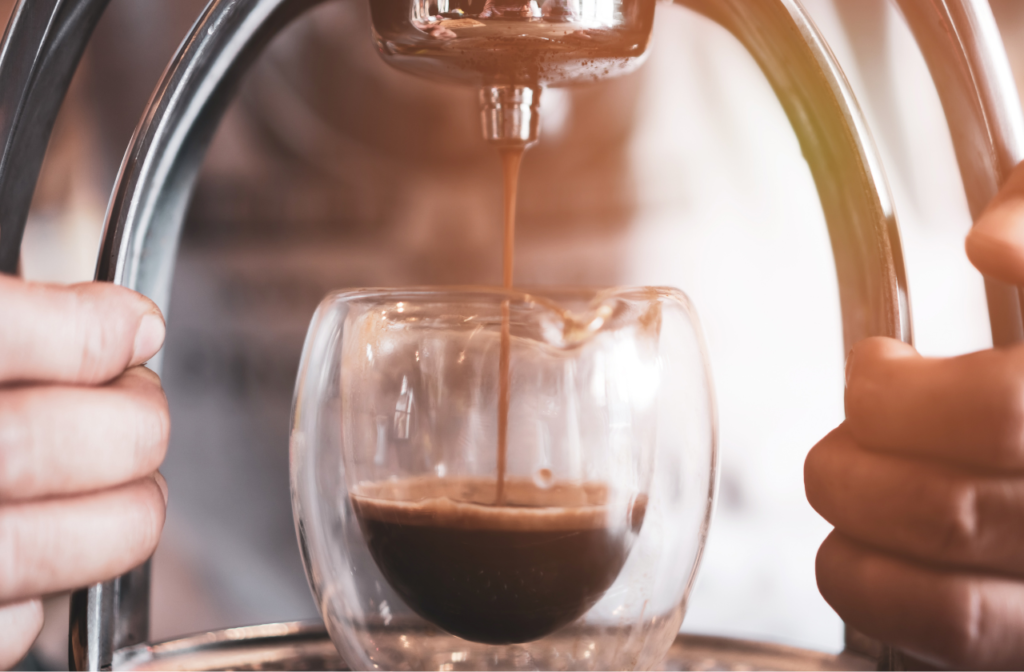
When considering the purchase of a manual espresso machine, there are several key considerations to keep in mind to ensure you’re making an informed decision that aligns with your coffee brewing goals and lifestyle.
Among the most important considerations is the steep learning curve associated with manual espresso machines. This aspect of these machines cannot be overstated. Unlike automatic or even semi-automatic espresso machines, manual machines require a significant amount of practice and patience to master.
Manual espresso machines require the user to understand the intricacies of brewing espresso, rather than simply pressing a button to brew, as is possible with automatic or superautomatic espresso machines.
The manual aspect of these machines makes them more challenging to brew with, and it makes the brewing process much more involved. This means that manual machines should only be a consideration for you if you are prepared to dive deep into the world of espresso brewing, and learn the necessary skills required to brew with a machine of this type.
The simplicity of manual machines can produce better coffee overall, but it does require that the user do much more work to achieve a good shot of espresso. This is a good thing for some enthusiasts, while others would prefer not to have to work so hard for their morning coffee.
Another positive aspect of manual espresso machines is that they can be less expensive to buy than other types, as they are much simpler than modern, sophisticated espresso machines. However, high-end manual machines can be very costly to buy, and no manual machines come with a built-in grinder or any other such features, which means that the value for money of manual machines compared to other machines can be relatively low.
Ultimately, the decision between a manual and an automatic espresso machine will depend on your personal preferences, budget, and willingness to engage in the espresso-making process. Whether you value the control and satisfaction of manually brewing espresso or the convenience and consistency of an automatic machine, carefully considering these factors will help you choose the right espresso machine for your needs.
Making The Decision
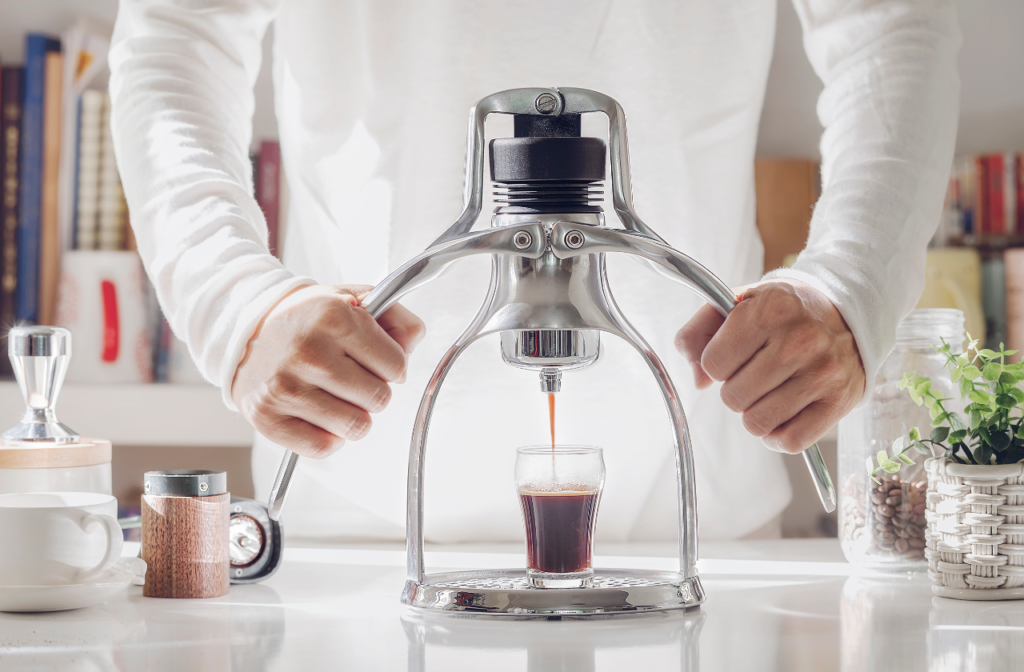
Making the decision between a manual and an automatic espresso machine depends largely on your personal preferences, lifestyle, and how much involvement you want in the coffee brewing process.
Manual machines offer a more hands-on experience, allowing you to control every aspect of the espresso shot. This level of customization can be very appealing to those who appreciate the craft of espresso brewing and are willing to invest time and effort into learning and perfecting their skills.
Manual machines are typically more affordable than automatic ones and can be easier to maintain due to their simpler mechanics. However, they do require a significant amount of practice to use effectively and can be time-consuming, as each shot needs to be manually pulled.
Automatic espresso machines simplify the brewing process by automating many of the steps involved. From grinding the beans to tamping and pulling the shot, automatic machines can do it all at the push of a button, making them ideal for those seeking convenience and speed.
They offer a consistent and reliable brewing process, with minimal skill or training required from the user. While automatic machines may be more expensive upfront and potentially require more maintenance, they eliminate the variability and physical effort associated with manual brewing, providing a straightforward path to a good cup of espresso with minimal fuss. Some models even include built-in grinders and milk frothers, further expanding the variety of coffee drinks you can make at home.
The choice between manual and automatic espresso machines comes down to how much you value control versus convenience. If you’re passionate about the art of coffee making and enjoy being involved in every step of the process, a manual machine might be the right choice for you.
But if you prefer a quicker, more straightforward method that still delivers delicious espresso with minimal effort, an automatic machine could be a better fit. Consider your preferred coffee drinks, budget, available counter space, and how much time you’re willing to dedicate to the brewing process when making your decision.
Conclusion
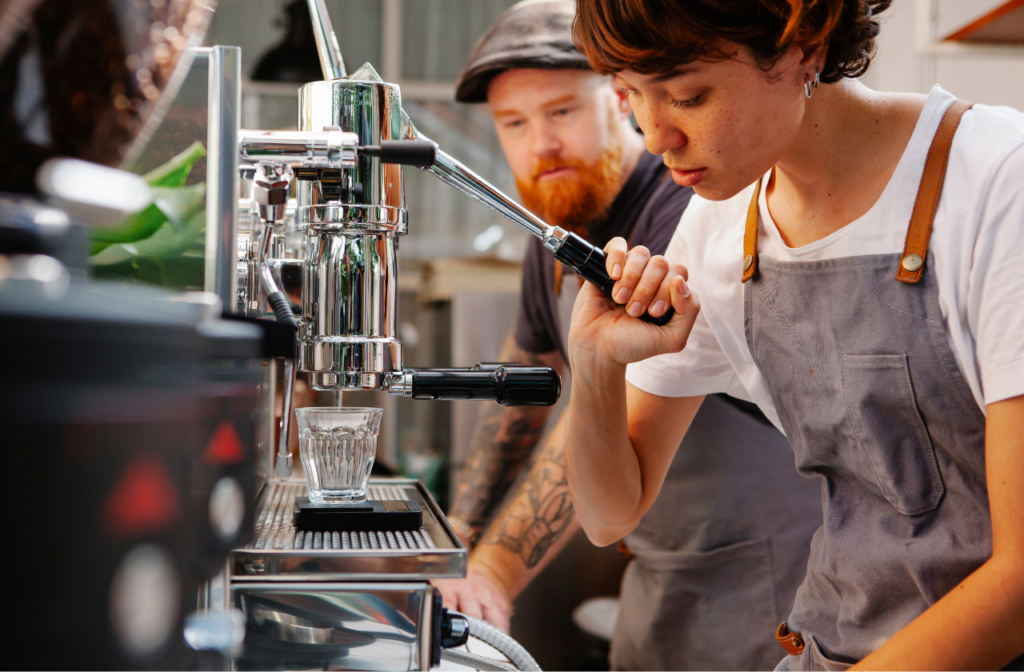
Buying a manual espresso machine is more like buying an experience than buying a coffee maker. Using a manual machine is a very involved process and should only be considered if you are prepared to undertake the learning of how to use the machine well, and understand every aspect of brewing good espresso on a detailed level.
The experience can be excellent, and espresso-lovers often enjoy the process, but if you want your coffee-making process to be simple, a manual machine may not be the best option for you, but if you want to get as involved as possible with your brew, then consider buying a manual machine.



